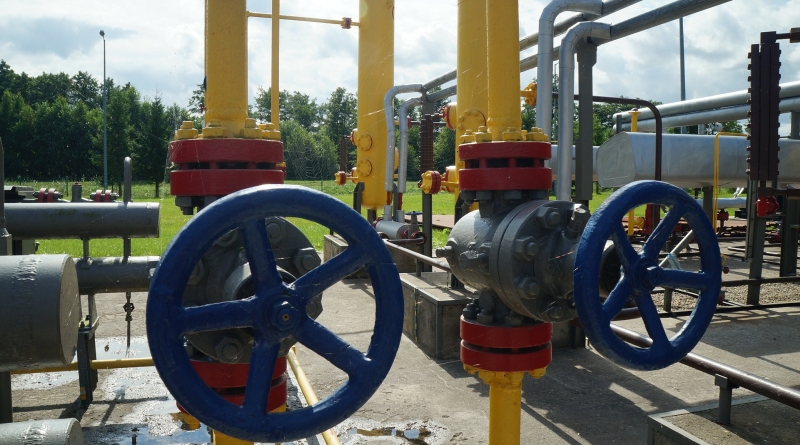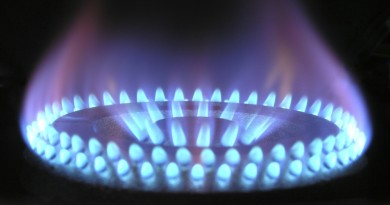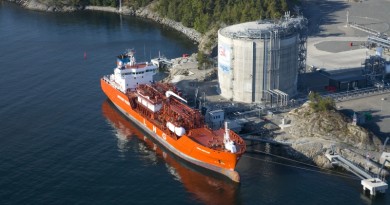Naural gas

For many years common believe was that natural gas is useless. Even today in some countries, people are trying to get rid of this gas by burning it in large torches. This gas is mainly made out of the methane, a simple union that consists of one carbon atom and four hydrogen atoms. Methane is highly flammable with almost full combustion. After combustion, there are no ashes, and air pollution is almost negligible. Natural gas has no color, taste, smell or shape in its natural form, so it’s indiscernible to people. Because of this reason companies are adding chemical to it which has smell of rotten egg. That smell enables people easy detection of potential gas leaking in house.
In year 1821 in Fredonia, New York, William A. Hurt drilled 27 feet long drill with the purpose of increasing the natural gas flow to surface. Because of this event, this year is remembered as the beginning of the intentional use of natural gas. First manuscripts mentioning natural gas are dating all the way to the year 100 after Christ when for the first time in history eternal flames were registered on area of today’s Iraq. Those eternal flames are most likely result of the natural gas leakage through earth’s crust, lighted by a lightning. In 19th century natural gas was almost solely used for street lamps. In those times there was still none of gas pipelines so the mass distribution to the households wasn’t possible. About year 1890, majority cities started using electrical energy for the illumination, so natural gas producers started to search new markets for their product. Robert Brunson invented in 1885 burner which mixed air with the natural gas. This invention has enabled exploit of natural gas for cooking and heating chambers. First more significant gas pipeline was built in 1891. It was 120 miles long, and was transporting gas from middle Indiana all the way to the Chicago. After this period very few gas pipelines were built until the end of the World war two. During the second world war great progress in metal characteristics, welding techniques and pipes manufacturing was achieved, so pipelines manufacture became economically appealing, and withal use in economy and households as well.
EXTRACTING NATURAL GAS FROM EARTH AND SEA
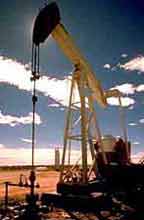
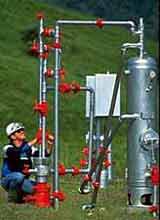
In many cases, natural gas is an ideal fossil fuel because it’s pretty clean, simple for transport and convenient for use. It’s cleaner than oil and coal, so it’s more and more spoken to be solution for actual climate changes and problems connected with poor air quality. Opposed to oil and coal, natural gas has bigger proportion hydrogen/carbon and has the smaller emission of the carbon dioxide to an atmosphere for the same amount of energy.
When extracting natural gas, limits of today’s technologies are still very obvious. Natural gas isn’t located only in pockets, but is also in many cases resided with oil. Often, both oil and natural gas are pulled off from the same well. Like in a process of an oil production, part of natural gas comes independently on surface because of the big pressure in deepness. These types of gas wells are demanding only pipe system called “Christmas tree” (picture) for controlling the gas flow. Number of these wells is shrinking, because majority of this “cheap” gas is already pulled out. Because of this it’s almost always necessary to use some sort of pumping from underground. Most often form of pump is “horse head” (picture) which rises and lowers staff in well and out of it, bringing natural gas and oil on the surface. Flow of the gas can be often improved in a process of creating a small leaks in rocks, which have function as tracks for gas flow. Under the high pressure some liquid (for instance water) is pumped in the rock, and that liquid then breaks the rock.
Natural gas is found in different underground formations. Some formations are heavier and more expensive for exploit, but are also leaving the place for the improvement in future gas supply. After the natural gas is pulled to the surface, it gets brought across the gas pipeline system to containers, and after that to the final consumers as well.
NATURAL GAS INCREASED DEMAND
Decreased bad environment’s influence and technology progress made natural gas to be considered as the preferred fuel. In the last ten years natural gas production had constant growth. According to researches conducted in 1999, natural gas consumption in that year was about 2.4 x 1012 of cubic meters, which is progress of 4.1% related to year 1996. Trends are showing that constant production growth will be continued in upcoming years because fuels with less coal are preferable.
In China coal consumption decreased in 1999, and natural gas consumption increased for 10.9% till 1998. In Asian-Pacific region natural gas consumption has grown for 6.5%. With approximately 50% of world’s population and growing economics in need of energy, this region has very big potential in natural gas’ consumption. Regionally, Africa’s continent has the highest consumption growth, with the growth of 9.1% in 1999. Africa has growing potential not just as the natural gas market, but as the producer as well. Developing countries will need help in technology in order to increase its natural gas production (and with that would decrease consumption of coal and oil).
Reserves are pretty big, but not endless. Russia leads the way, followed by countries of Middle East. Middle East’ countries are for now more concentrated on oil production, and this is the reason why they lack bigger natural gas production. This gives them high future potential, because when oil exploit will be coming to an end, their economies will be transformed to the natural gas production. At this moment Russia is the biggest natural gas producer with 590×109m3, followed by USA with 530×109m3. USA is biggest consumer with about 620×109m3, followed by Russia with 395×109m3.
